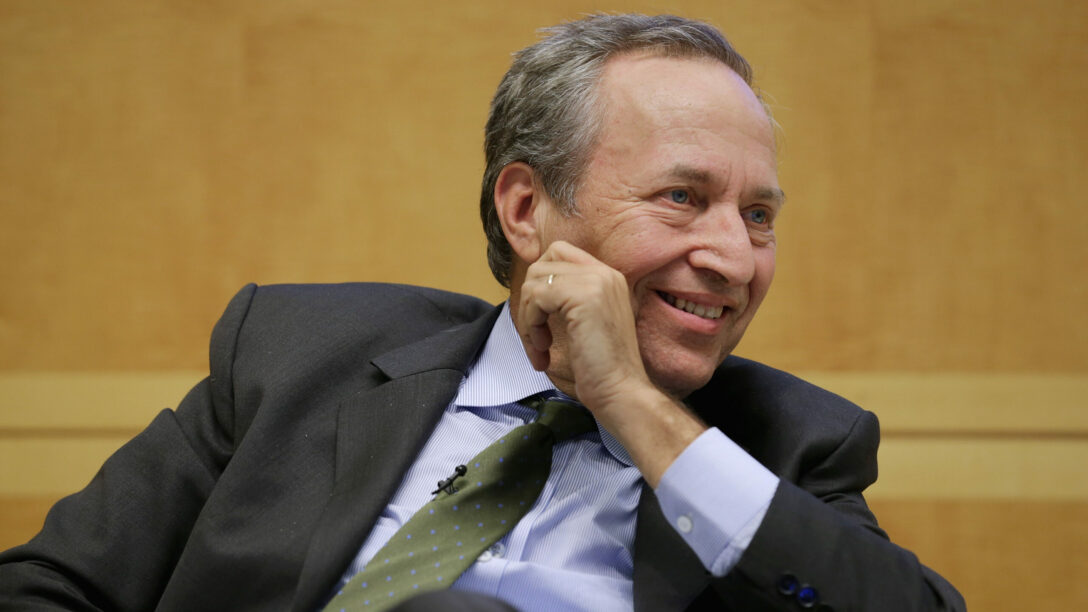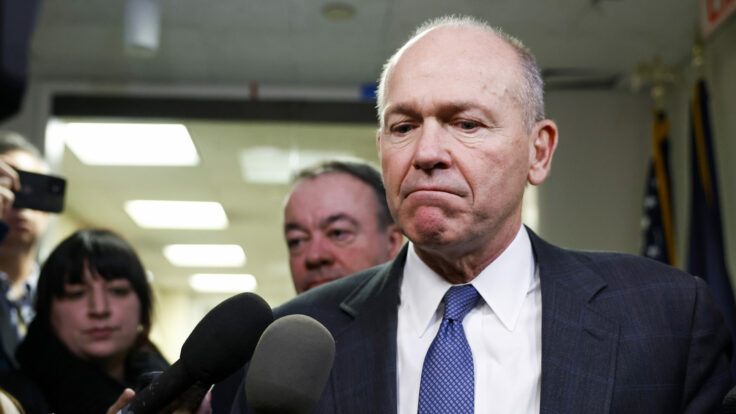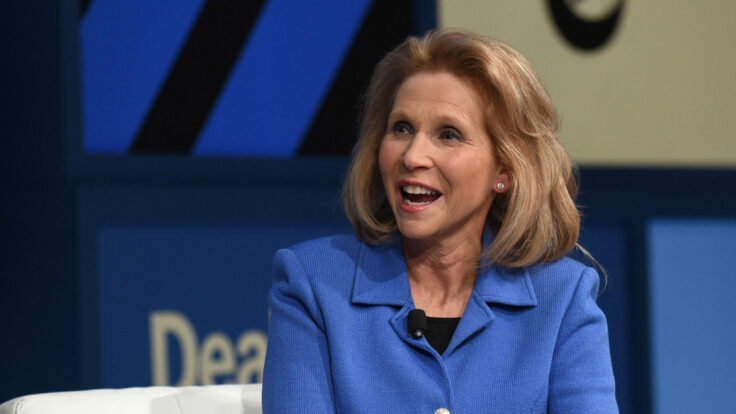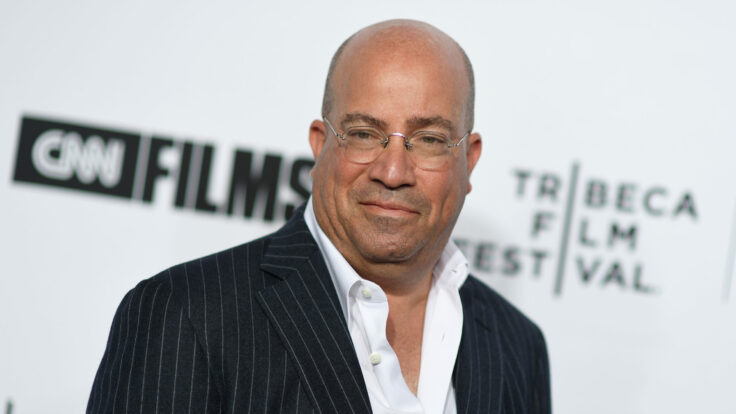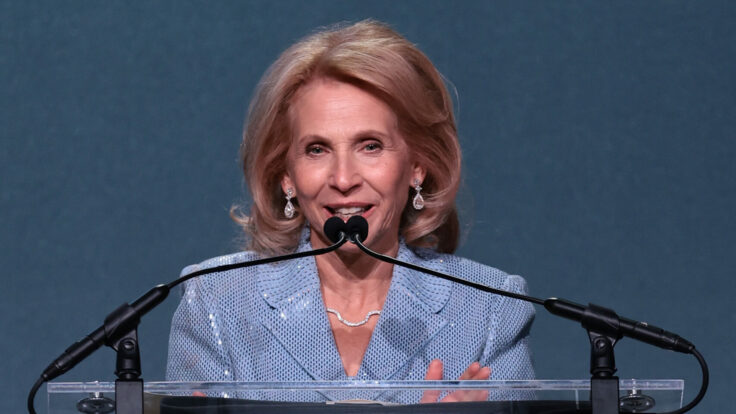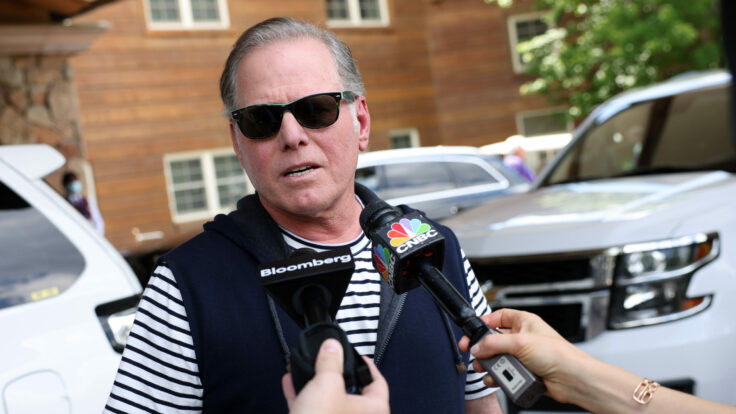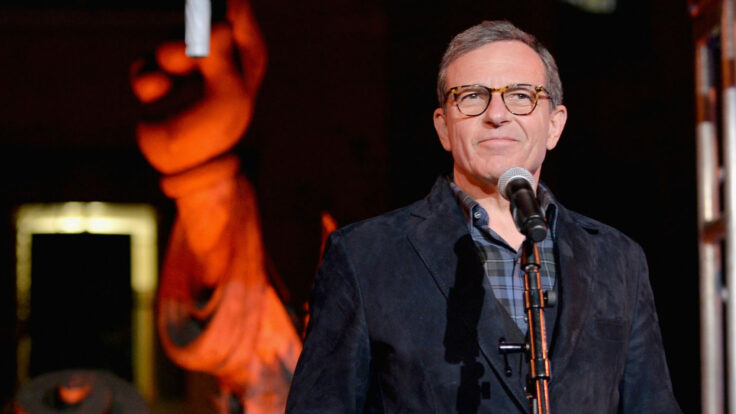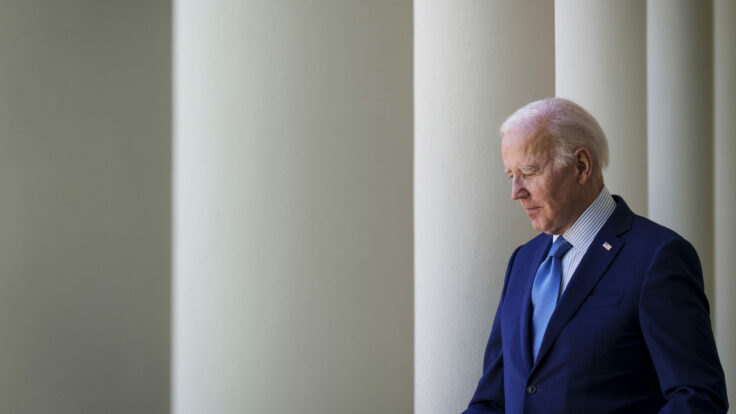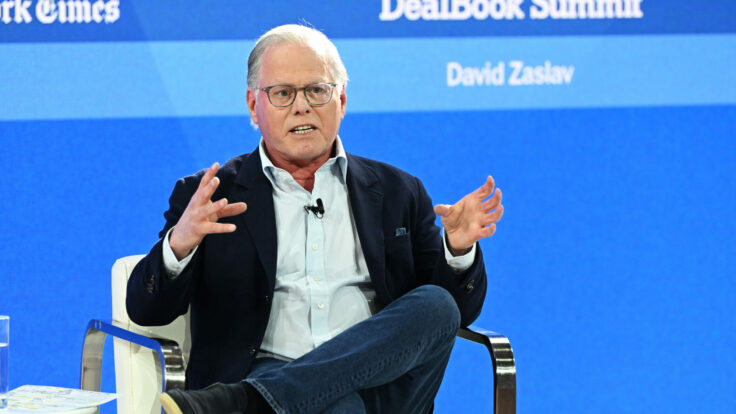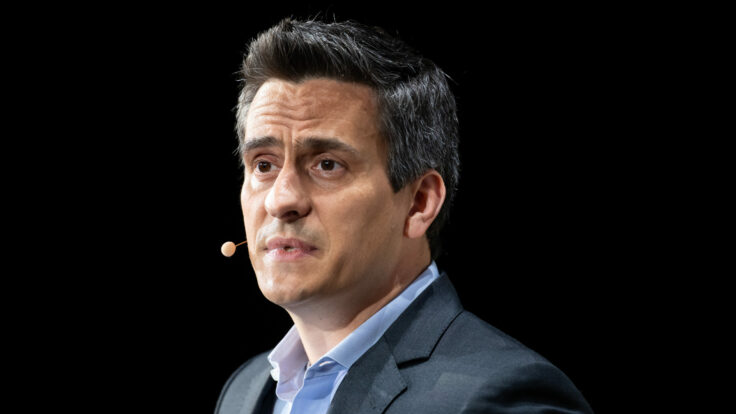Here’s an interesting thought experiment: What if our old friend Larry Summers had gotten his wish and President Obama had appointed him Chairman of the Federal Reserve, in 2013, instead of Janet Yellen? This was in fact the plan, according to the first volume of Obama’s memoir, wherein he acknowledged that he—coaxed on by his onetime chief of staff, Rahm Emanuel—had promised Summers that he would get the top Fed job if he agreed to become the National Economic Advisor, a step-down from the role of Treasury Secretary, a position Summers held at the end of the second Clinton administration. But as word circulated that Summers was Obama’s preferred pick to replace Ben Bernanke, the progressive wing of the Democratic Party pushed back hard, forcing Obama’s hand and clearing the path instead for Yellen.
Was that a gigantic mistake, courtesy of Senators Elizabeth Warren, Jeff Merkley, and Sherrod Brown? It sure seems that way now. Inflation, at an annual rate of 8.5 percent, is at the highest level in 40 years, and the financial markets are in turmoil, largely as a result of Yellen’s, and then her successor, Jerome Powell’s, slavish devotion to Bernanke’s policies of historically low interest rates, which ignited one asset bubble after another. Now we are paying the price with rising prices, rising rates, and a serious bear market. “I do think there needs to be considerable soul-searching at the Fed as to how they missed this as badly as they did,” Summers told David Ignatius on May 31.
